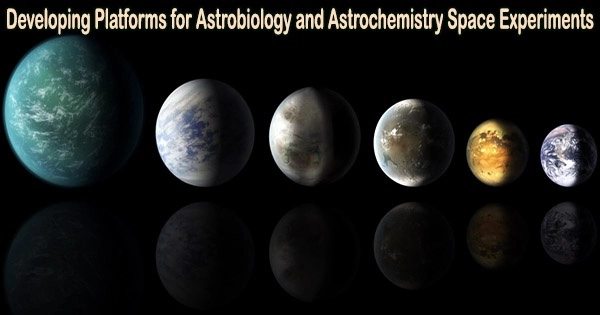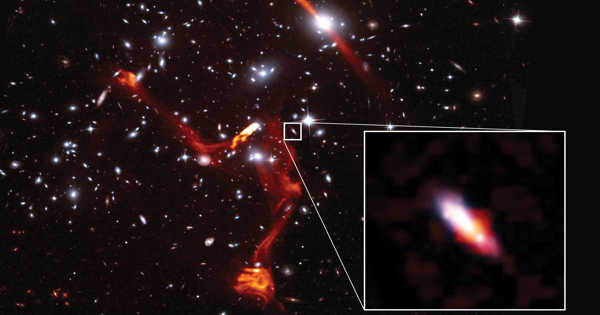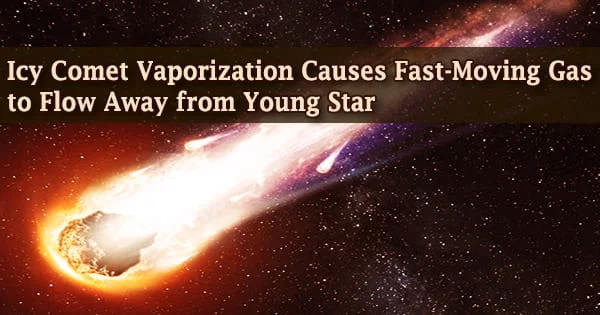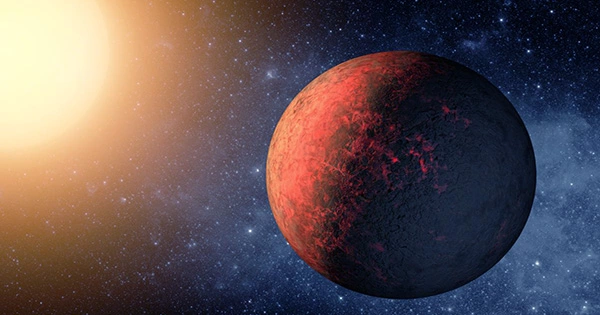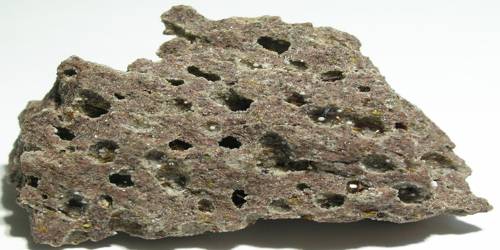Space experiments are a crucial component of astrobiology and astrochemistry research, while being technically hard. An good example of a long-term research platform orbiting the Earth is the international space station (ISS), which has made significant strides in the implementation of experiments in space and generated a wealth of scientific data over the past few decades. Future space platforms offer more chances for astrobiology and astrochemistry research.
In a new report, now published in npj Microgravity, Andreas Elsaesser and a team of international, interdisciplinary scientists in physics, biology and astrobiology, the NASA Ames Research center and the German Aerospace Center examined a few key topics. These analyses included the European Space Agency (ESA) Topical Team Astrobiology and Astrochemistry community key themes, summarized by the “ESA Scispace Science Community” white paper.
For future space-exposure platforms that are presently being developed at an advanced stage of design, the researchers focused on making recommendations for the creation and implementation of new experiments, filled in information gaps, and advanced scientific concepts.
In addition to the ISS, other research platforms include the Lunar orbital gateway, CubeSats, and SmallSats. This study addressed in situ research done on the moon and Mars to aid in the search for extraterrestrial life both inside and outside the solar system.
The fundamentals of space exploration
About 20 years of experiments on the International Space Station have given scientists new insights that will have a lasting effect on the life sciences. Exploring the origin of life on Earth and comprehending the existence of life across the cosmos, as well as discovering and settling distant planets, require a solid understanding of the fields of astrobiology and astrochemistry.
It is difficult to accurately recreate such settings on Earth, despite the fact that in-lab facilities can simulate space situations. An good platform for conducting irradiation experiments outside of the Earth’s atmosphere is provided by the ISS and other spacecraft. The platform’s ability to navigate depends on artificial intelligence and machine learning algorithms for hardware repair on-the-fly.
In 2020, the European astrobiology and astrochemistry scientific community produced a current research roadmap for use on present and future space platforms. They investigated a number of top scientific goals to demonstrate the interdisciplinarity of this sector in order to determine the optimum use of space platforms. The preliminary themes included:
(A) Understanding the origins of life
(B) Exploring the habitability of the limits of life, and
(C) Understanding the signs of life
The origins of life
Elsaesser and colleagues talked about the origins of life on Earth as part of a thorough investigation to comprehend our hunt for life elsewhere in the universe. Although it wasn’t always the case, the environment on Earth currently stands out in the solar system for maintaining a stable surface liquid.
The Earth’s early environment was probably comparable to that of early rocky planets like Mars and Venus. The icy moons of Jupiter’s Europa and Saturn’s Enceladus both have subsurface liquid water, which is present and resembles subglacial Antarctic lakes found on Earth, making them promising candidates in the hunt for life.
It is also known that a significant portion of the organic matter in the environment of Earth came from meteorites and micrometeorites that formed from carbonaceous asteroids and comets, opening up research avenues to examine the course taken by such objects before they arrived at Earth. The group focused on the shift from a purely chemical to a molecular prebiotic phase to a live replicative system as the beginning of life in relation to abiogenesis.
The signs and limits of life
The group investigated the boundaries of life’s ability to survive in the harsh and unlikely conditions of early Earth. By concentrating on cells, biochemical compounds, and biomediated structures, they investigated the biosignatures of life both within and outside of this solar system.
They looked at the environmental changes that underlie missions that look for signs of extraterrestrial life that has returned to Earth. In order to decode spectral signatures and simulate possible exoplanetary settings in order to comprehend and interpret their genesis and evolution, they developed methods for exploring outside the solar system.
This work explored themes supporting the search for extant life, while identifying the presence of key molecules such as amino acids, lipids, and carbohydrates as well as Earth organism-specific constituents such as sterols, quinones and porphyrins.
Experiments in space
Elsaesser and his team demonstrated how space offers a special setting for conducting astrobiology and astrochemistry research. Through a variety of ground-based experiments, planned explorations can reveal the mechanisms involved in biomineralization and fossilization, which will aid in the search for signs of life on alien bodies like Mars.
These paths were made possible by the distance and time it took for satellite platforms to reach Earth, which made it possible to match the samples with the right kind and amount of radiation exposure and microgravity exposure for effective sample return.
The researchers also pointed out how, in comparison to the terrestrial environment, specific low Earth orbits or experiments on the moon and Mars provided access to larger fluxes of high-energy photons, cosmic rays, and solar energies.
They examined the optimal timeframe of a mission to assess the productivity of the experiments. For best outcomes, space satellite lifetimes are required to last for decades. However, SmallSats, and CubeSats are currently challenging this assumption as short-term exposure experiments. It appears that miniaturizing the existing technology can lead to successful mission outcomes.
Core concepts and experimental strategies
With a particular focus on sample-return experiments and the potential to analyze samples using quantitative PCR, high throughput sequencing, and subcellular microscopic techniques, the researchers further investigated the mode of functioning of space satellites.
With the ability to return samples, the ISS continues to be an essential exposure platform for both long- and short-term investigations. The group also talked about the potential for using different platforms to host various studies.
Outlook
With an unprecedented number of missions implemented and in progress to complete space-exposure platforms, these are exciting times for space exploration and space sciences. In order to ask and respond to important questions in the disciplines of astrobiology and astrochemistry, Andreas Elsaesser and colleagues highlighted the potential for undertaking difficult scientific experiments using robots, artificial intelligence, and machine learning techniques.
The project intends to investigate the origin of life and biosignatures on Earth, beyond Earth at a planetary level, as well as inside the solar system, and within the quickly developing area of exoplanetary science.
